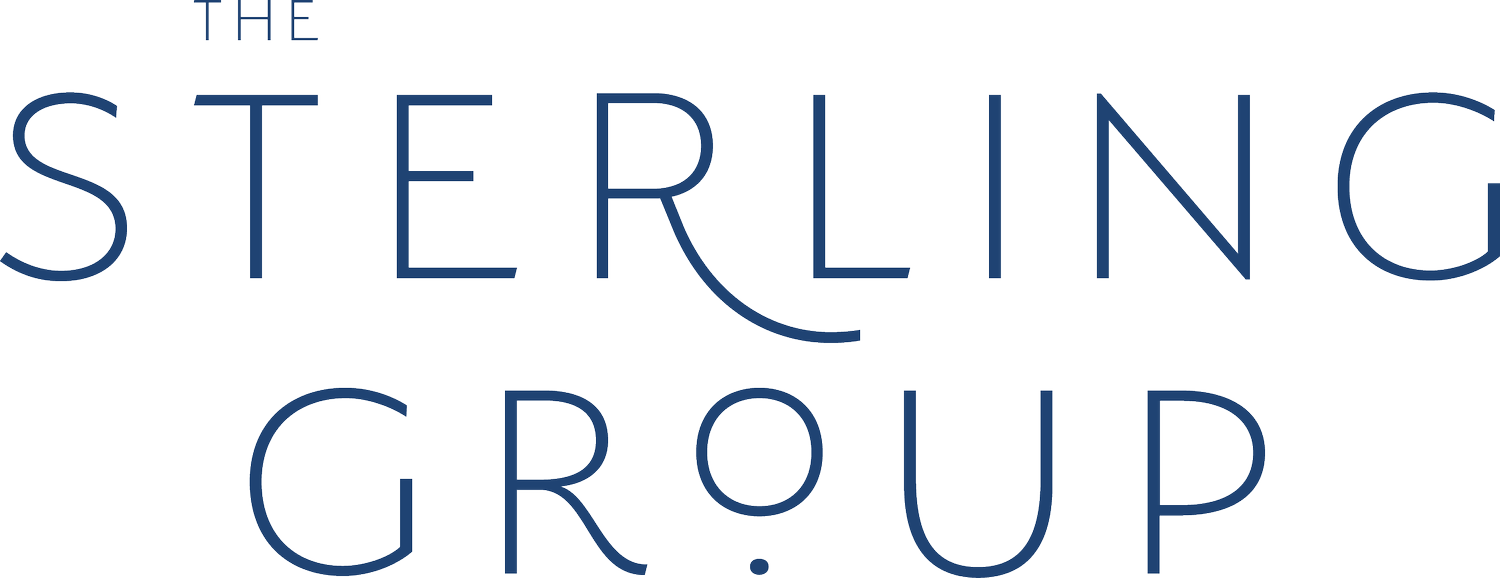Stress Management Therapy: Why Micro-Breaks Matter for Anxiety Relief
What is a micro-break?
A micro-break is a brief, intentional pause you take during a busy or overwhelming moment to reset your mind, body, and nervous system. Unlike a long vacation or weekend getaway, micro-breaks are quick and accessible in any situation, lasting only a few seconds to a few minutes. These pauses give your nervous system a chance to calm down and ground, which is especially valuable for young adults juggling work, school, relationships, and a constant stream of iPhone notifications. Resetting or recharging in this way can help combat fatigue, exhaustion, burnout, anxiety, and stress. This makes micro-breaks an important coping mechanism and one of the most practical stress management techniques for young adults.
Why are micro-breaks trending?
Micro-breaks are trending because young adults are increasingly aware of how unsustainable today’s pace of life has become. We live in a world where being “always on” is normalized. It’s common to check work emails after dinner, stay late at the office, and struggle to maintain boundaries with workloads. Additionally, endlessly scrolling social media can feel like relaxation, but in reality, it keeps us in a state of overstimulation rather than true rest.
Enter the rise of the digital detox movement. Many young adults are beginning to explore what is a digital detox and how to do a digital detox effectively. We’re seeing a surge of mindfulness apps, phone-free activities, and grounding practices that don’t involve endless scrolling. Whether it’s learning coping skills for anxiety, practicing stress management therapy, or simply choosing to detox from social media, micro-breaks have become a key wellness trend.
From a nervous system perspective, micro-breaks make a lot of sense. Our ability to handle stress effectively depends on what’s called the window of tolerance. This is the optimal zone where we feel calm, engaged, regulated, and able to think clearly. When life becomes overwhelming, we can swing into hyper-arousal (high energy, anxiety, irritability, racing thoughts) or hypo-arousal (low energy, numbness, shutdown, withdrawal). Micro-breaks support us in returning to our window of tolerance when we drift toward stress or collapse.
In high-pressure cities like Washington, D.C.—where careers, academics, social lives, and politics overlap intensely—young adults are realizing that waiting for a vacation twice a year isn’t enough. They need accessible anxiety coping skills and stress management techniques that fit into the daily grind and help prevent mental fatigue.
How To Take Effective Micro-Breaks?
Breathing Pauses:
Close your eyes and take five slow, intentional breaths. This can help ground you out of stress mode. Alternatively, if you’re low on energy, try a rapid breathing exercise through the nose to boost mood and alertness.
Stretching Reset:
Good for both high or low energy, simple stretches improve circulation and focus. Examples: rolling shoulders, touching toes, calf raises, neck stretches.
Bathroom Camping:
This TikTok trend may sound silly, but Gen Z is on to something! Bathroom camping refers to taking a short break in the bathroom when overstimulated. It’s a discreet way to decompress and reset.
Mini Digital Detox:
Put your phone on airplane mode for 15 minutes or on Do Not Disturb during dinner. Try leaving your phone in another room for a quick detox from social media.
Sensory Reset:
Grab a mint, drink hot tea, or wash your hands in cold water. These intentional sensory moments are grounding and calming.
Change of Scenery:
If bathroom camping isn’t your style, try a 5-minute walk outside or up and down the hallway to reset your nervous system.
Gratitude Journal:
Write one sentence of gratitude. Shifting your perspective can reduce stress and support long-term stress management therapy.
Text a Friend:
A quick “thinking of you” message can spark connection and community. Even small moments of connection are important coping mechanisms for anxiety.
What if Micro-Breaks Are Not Enough?
For many young adults, micro-breaks are a good entry point to stress management. However, they may not be enough for chronic anxiety, burnout, difficulty sleeping, or a constant sense of overwhelm. If you notice these struggles, your body may be signaling that you need more comprehensive support, like therapy.
Therapy in DC—particularly therapy for young adults—provides a structured space to explore deeper patterns such as:
Perfectionism, or
Unresolved trauma
A multicultural counseling center with multicultural therapists can help you develop personalized coping skills for anxiety and long-term healing. Teletherapy also makes support more accessible for busy young adults balancing school, work, and relationships.
While micro-breaks are a helpful tool for everyday stress relief, guidance from trained DC therapists offer deeper support for long-term mental health. At The Sterling Group DC, our multicultural therapists specialize in helping young adults build resilience, develop personalized coping skills for anxiety and stress, and navigate life transitions with greater balance and confidence.
FAQs: Micro-Answers for Micro-Breaks
1. How long should a micro-break last?
Anywhere from 30 seconds to 5 minutes is enough to reset your nervous system without derailing your day.
2. Do micro-breaks actually reduce anxiety?
Yes! Research shows even small pauses—like mindful breathing—can lower stress hormones and improve focus.
3. Is “bathroom camping” just a TikTok joke or legit stress relief?
It may sound funny, but it’s actually a real coping strategy. Taking a private moment, even in a bathroom, helps you regulate when overstimulated.
4. What’s the difference between a micro-break and procrastination?
Procrastination delays tasks to avoid discomfort. A micro-break is intentional, time-limited, and helps you return to your tasks with more energy.
5. When should I consider therapy instead of just taking breaks?
If stress feels constant, overwhelming, or unmanageable—even with breaks—it may be time to seek support from a therapist. Book a free consultation with our multicultural therapists.
About the author:
Shelby’s therapeutic approach is one of a true partnership, where the therapeutic relationship matters most. Creating a safe space where an individual’s most authentic self can shine is what she prides herself on. As a former teacher turned therapist, she’s well-versed in the challenges of navigating so much change through young adulthood. She specializes in trauma, grief, TF-CBT, and group therapy– being the lead therapist on TSG’s first group therapy offerings.





